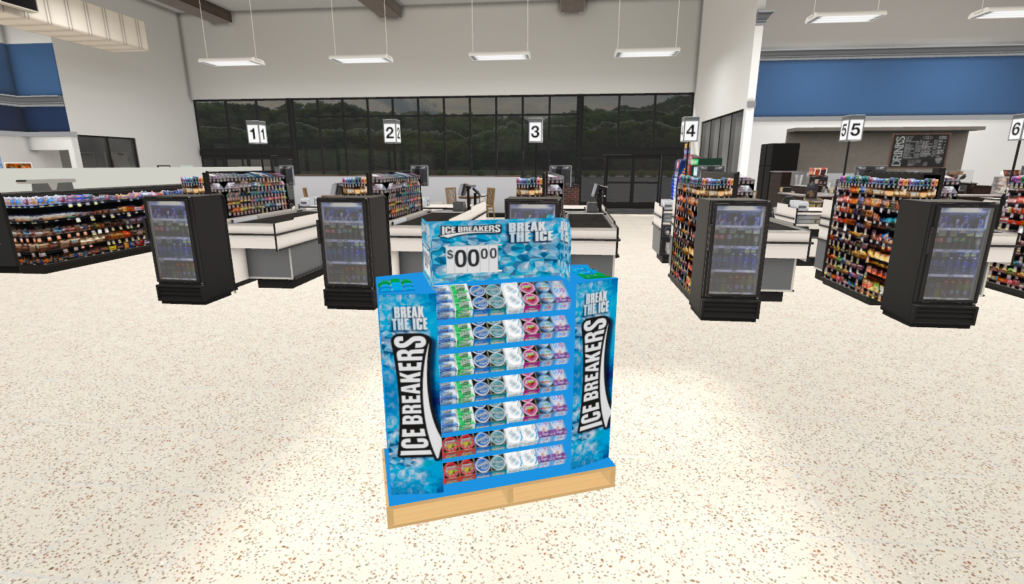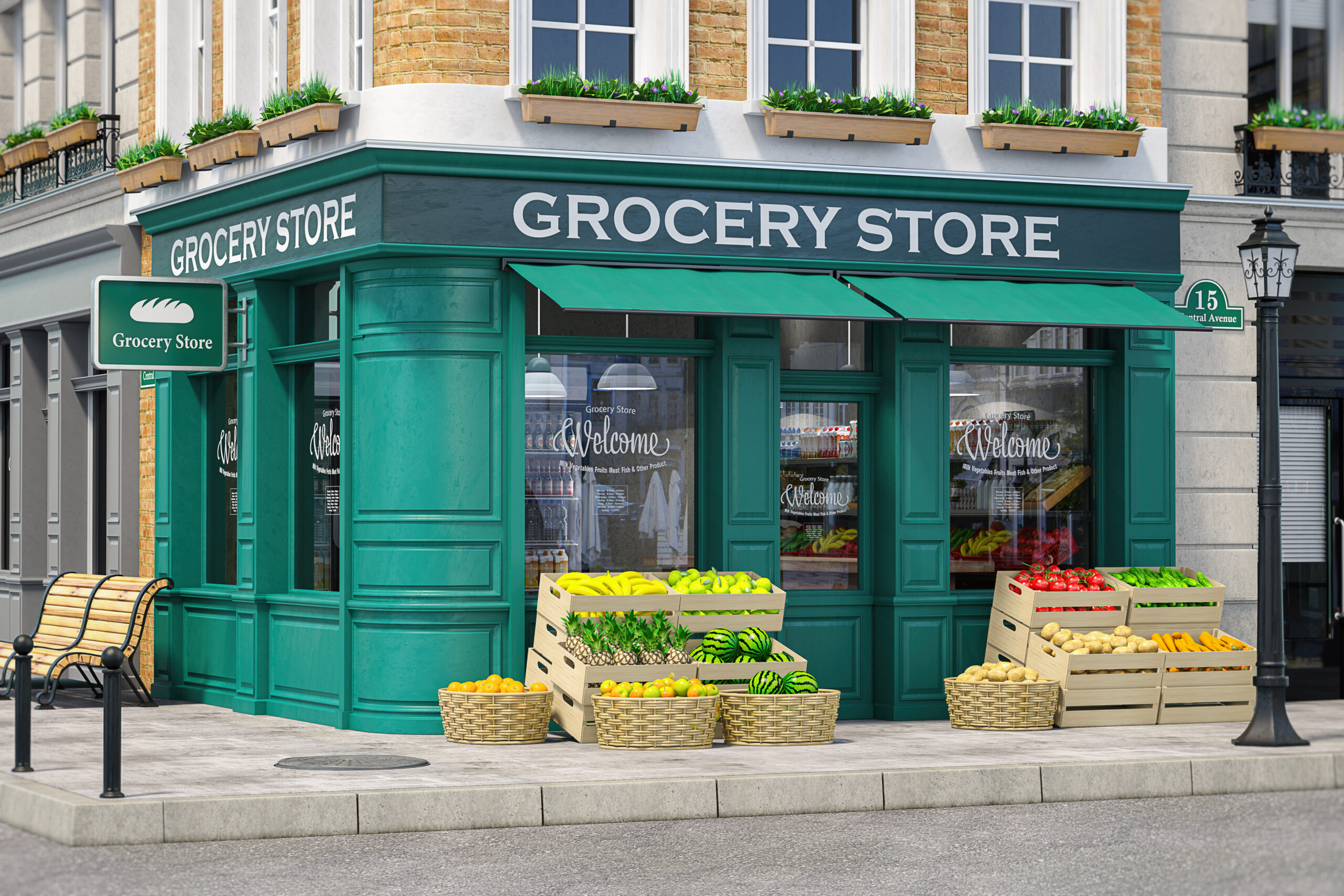Creating an inviting shopping experience requires smart planning, with the right balance of products, ease of store flow, and compelling in-store messaging. But when brand and retail teams have preconceived notions on how to achieve these things, it can be counterproductive (you know what they say about assumptions.)
Here are a few common myths that tend to float around the retail industry, and ways to make sure your in-store decisions are backed by data, not generalities.
Myth #1: Always aim for eye level product placement
There is a prevailing belief that the only thing that matters in shelf placement is eye level—it’s often accepted as the gold standard for which all brand owners strive. We tend to see anything else as a compromise. But in fact, many pieces of evidence contradict the myth that eye-level placement alone is always the ultimate sales driver in shelf displays.
This is not to suggest that eye-level placement is not important. But it’s not the only important factor to consider when creating optimal shelf placement strategies. Virtual research has shown us that, across different categories, a range of different variables impact how much consumers notice—and select—a product when they are in front of the shelf.
Myth #2: Millennials are not brand loyal
There’s a common theme in the retail industry today: that millennial shoppers have no brand loyalty. They only care about price and convenience. Yet, according to research by Accenture, millennials will be more loyal to brands that work to earn their loyalty. As Rakutan puts it, “Brands can earn loyalty with focused, personalized messages to millennials that focus on delivering what a millennial wants and are active in trying to win the millennial’s business.”
Price and convenience are still big players in deciding what to buy, but knowing how to connect with millennials regarding all of these factors is imperative to earning brand trust.
Myth #3: The most expensive concept is always the best option
As consumers, we know that sometimes the off-brand option can be just as effective as the name-brand. But in retail planning, it’s often just assumed that the more money spent on creating a new in-store concept, the better it will perform. And many times that’s true–you get out what you put in, and all that.
However, instead of leaving it to chance, wouldn’t it make sense to test concepts before rolling out a pricey new marketing display? It did to this company, who conducted a virtual store test to learn that the most expensive concept would have resulted in a million dollar mistake.

Myth #4: More choice equals more sales
They say variety is the spice of life. That might be true in many ways, but it’s not always the case when it comes to the act of shopping. Sure, everyone wants options. But the fact is, too many options often stand in the way of a shopper’s ability to make a decision—resulting in them walking away from a purchase. Understanding the right balance of products on the shelf involves testing concepts with shoppers or conducting a virtual shopper decision tree exercise before implementing a new assortment.
It’s important to shed these preconceived notions, and adopt methods that will give you true shopper data, quickly, and accurately. Want to learn more? Contact us!




